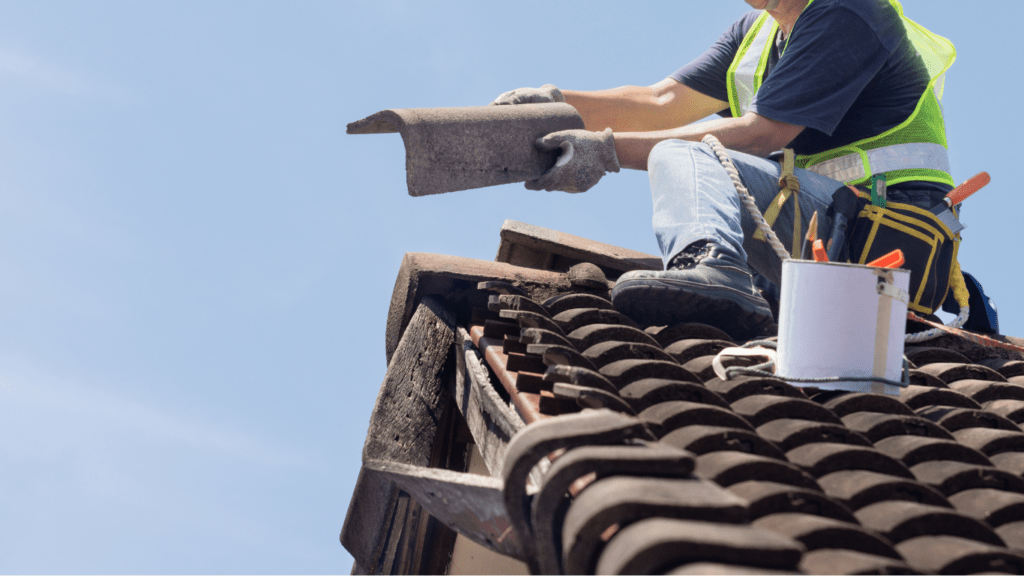Planning Mistakes
To ensure a successful home renovation, avoid prematurely diving into the project. Proper planning is crucial and sidesteps many potential pitfalls.
Underestimating Costs
Accurate cost estimation is vital. Many homeowners underestimate expenses, which leads to budget overruns. Include a contingency fund to cover unexpected costs like hidden structural issues. Consult with professionals to get accurate quotes and plan for materials, labor, and permits. For example, if the budget is $20,000, consider setting aside an extra $2,000 for unforeseen expenses.
Ignoring Permits and Regulations
Neglecting permits can disrupt your project and result in fines. Different renovations require different permits based on local regulations. For instance, structural changes or electrical work often need approval. Verify these requirements with local authorities before starting the renovation. Skipping this step risks delays and increased costs.
Poor Project Timing
Timing affects project success. Beginning renovations during extreme weather or busy holiday seasons can cause delays. Plan around weather and personal schedules to avoid disruptions. For example, start in spring or early fall when weather conditions are more predictable and labor availability is higher. This ensures a smoother process and timely completion.
Design Mistakes
Design mistakes can derail home renovation projects. Focusing on functionality, timeless aesthetics, and spatial flow can help avoid common pitfalls.
Overlooking Functionality
Prioritizing aesthetics over practicality leads to unusable spaces. I always consider the purpose of each room. For instance, kitchens need ample storage and counter space, while living rooms benefit from flexible seating arrangements. Blocking natural pathways or ignoring ergonomics creates inefficient layouts.
Choosing Trendy Over Timeless
Trendy designs quickly become outdated. I opt for classic styles that withstand time. Subway tiles, neutral palettes, and simple fixtures exemplify timeless choices. Trendy items, like bold wallpaper or eccentric fixtures, can be added as accents. This approach maintains a modern edge without risking immediate obsolescence.
Neglecting Flow and Space
Ignoring how people navigate through a home disrupts harmony. I plan layouts that ensure smooth transitions. For example, open floor plans with unobstructed pathways create spacious environments. Thoughtful positioning of furniture and fixtures enhances the flow, making the home feel cohesive and welcoming.
Execution Mistakes
Execution mistakes can derail even the best-planned home renovation projects. Here’re common pitfalls and how to avoid them.
Skipping Professional Help

Ignoring the value of professional help often leads to subpar results. Hiring an architect or designer ensures functionality and aesthetic cohesion. Professionals spot potential issues early, preventing costly fixes later. Example: poor electrical wiring by amateurs can cause safety hazards and costly future repairs.
Cutting Corners on Materials
Using cheap materials compromises the project’s quality and longevity. Opting for high-quality materials may be costly upfront but saves money long-term by reducing maintenance needs. Example: investing in durable flooring prevents replacement costs down the line.
Failing to Supervise Work
- Lack of supervision can lead to mistakes and delays.
- Regularly inspect the worksite to ensure contractors follow the plan.
- Active involvement catches issues early, keeping the project on track. Example: catching a measurement error before it leads to incorrect installations saves time and resources.
Budgeting Mistakes
Home renovations can quickly go over budget without careful financial planning. Here are some common budgeting mistakes homeowners make and how to avoid them.
Not Setting a Contingency Fund
Unexpected expenses arise in most renovation projects. Allocate at least 10-20% of the total budget as a contingency fund to cover unforeseen costs. Items such as structural repairs or hidden water damage can add up, causing significant overruns if unprepared. Planning for these helps ensure the project stays financially manageable.
Focusing Solely on Cost
Choosing the cheapest options might save money initially but could lead to higher costs long-term. Poor-quality materials need:
- frequent replacements
- cheap labor
might compromise the quality of work. Focus on value and consider the life cycle costs of materials and workmanship. Invest in high-quality materials and skilled professionals to enhance durability and performance, ultimately providing better returns on investment.
Communication Mistakes
Effective communication is crucial during home renovations. Avoiding common communication pitfalls can ensure a smoother process and higher satisfaction.
Misunderstanding Contractor Expectations
Clear expectations with contractors are vital. Misunderstandings can lead to delays and unexpected costs. For example, not specifying material choices can result in lower-quality substitutions. Always provide written instructions and regularly clarify details to prevent miscommunication. Set and review timelines frequently to avoid project drift.
Poor Communication with Professionals
Communication gaps with professionals, such as architects and designers, can derail projects. Ensure all parties are on the same page by holding regular meetings and reviews. Share detailed notes and updates to align everyone with the project’s vision and progress. Misaligned goals can lead to design or structural issues, underscoring the need for continuous and clear dialogue.



 Betsylie Sheetsin – Home Renovation Expert
Betsylie Sheetsin serves as the Home Renovation Expert at Castle Shelf House, specializing in giving practical advice for both small and large-scale home improvements. With years of experience in construction and renovation, Betsylie understands the importance of blending durability with design. Her insights into home renovation projects, along with expert advice on the latest materials and techniques, empower homeowners to tackle even the most ambitious projects confidently.
Betsylie Sheetsin – Home Renovation Expert
Betsylie Sheetsin serves as the Home Renovation Expert at Castle Shelf House, specializing in giving practical advice for both small and large-scale home improvements. With years of experience in construction and renovation, Betsylie understands the importance of blending durability with design. Her insights into home renovation projects, along with expert advice on the latest materials and techniques, empower homeowners to tackle even the most ambitious projects confidently.
